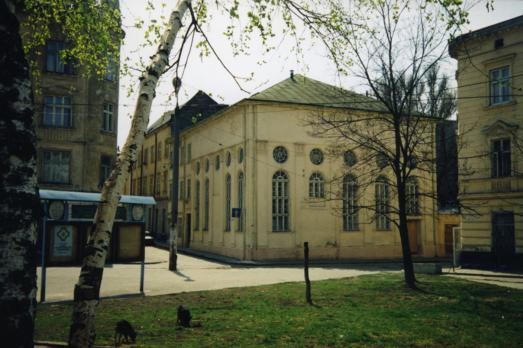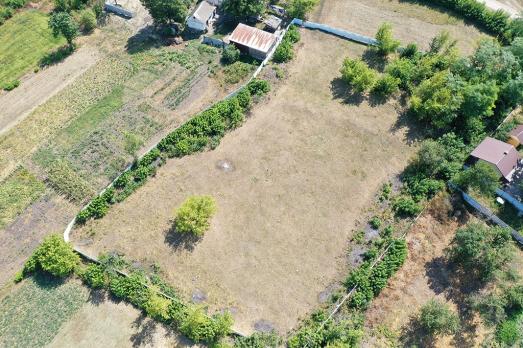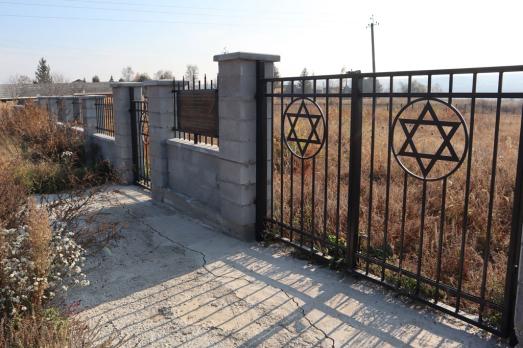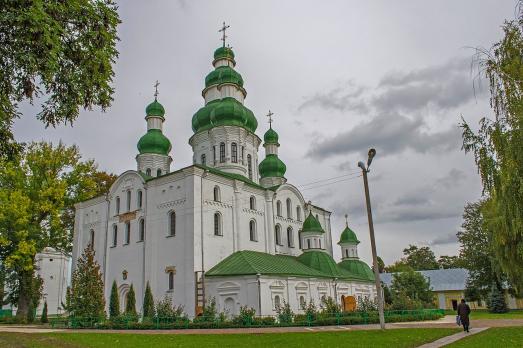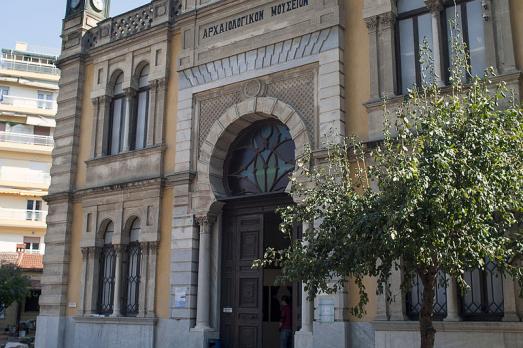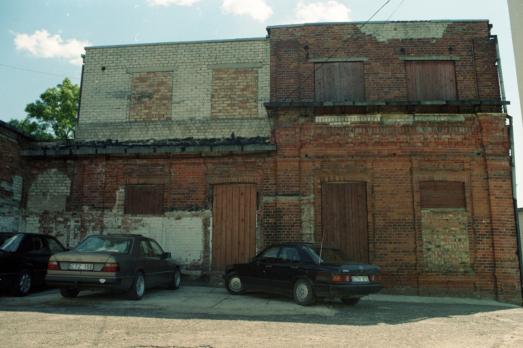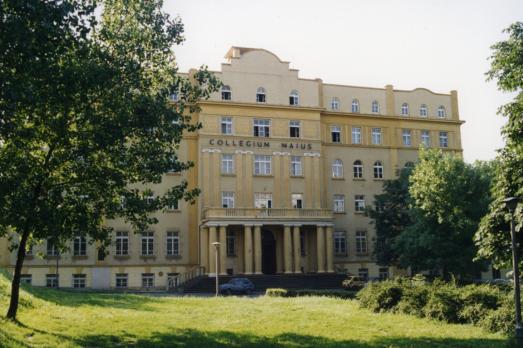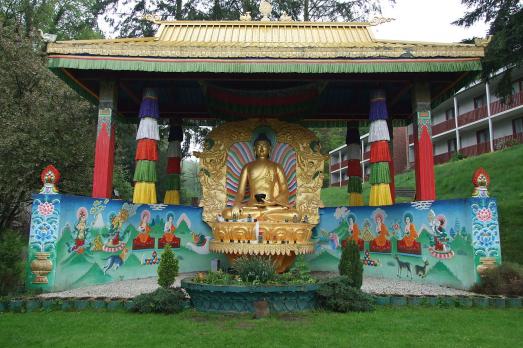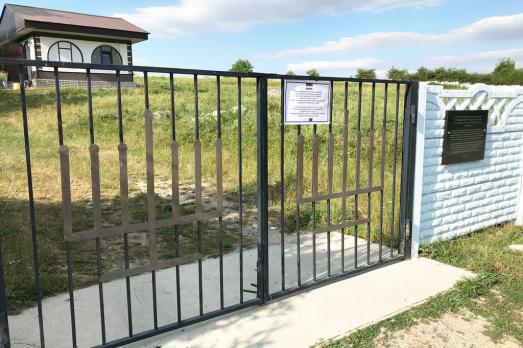
Yahilnytsya Jewish Cemetery
Yahil’nytsya, UA
The exact period of the cemetery’s establishment is unknown. Presumably, it appears on maps of the Austro-Hungarian Empire in the 1880s. The cemetery was photographed by Wisia Freud in 1938. It was fenced and well-maintained as most of the cemeteries in Galician shtetls. The site was fenced by ESJF in 2017.
